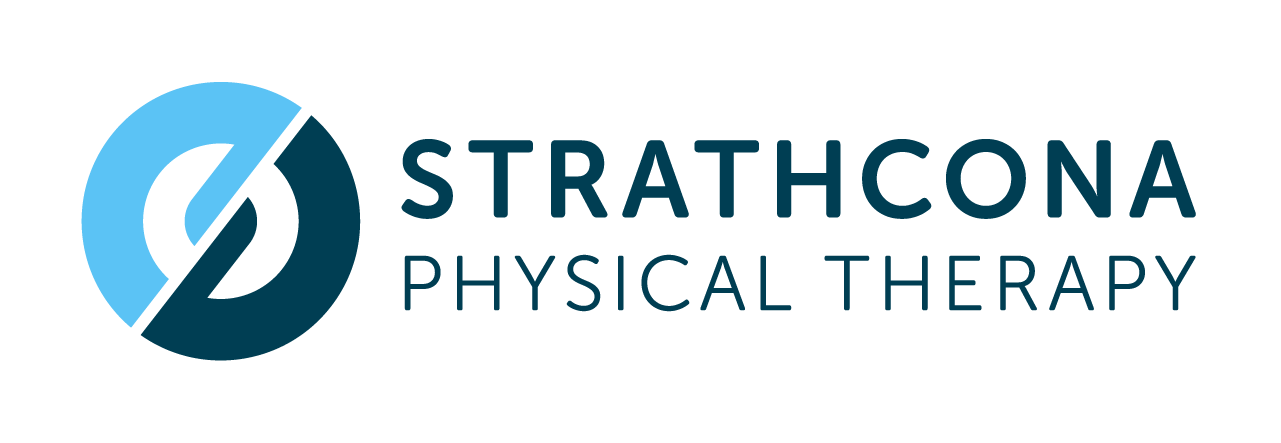Managing Hip Osteoarthritis: Empowering Strategies to Enhance Your Quality of Life
Hip osteoarthritis (OA) is a degenerative joint disease characterized by the breakdown of cartilage within the hip joint, leading to pain, stiffness, and reduced mobility. A comprehensive management approach—including optimal loading, diet, stress management, hip mobility and stability, weight management, and aerobic endurance—is crucial for enhancing quality of life.
Sources of Pain in Hip Osteoarthritis
The primary source of pain in hip OA is the deterioration of articular cartilage, resulting in bone-on-bone contact. This degeneration leads to inflammation, joint stiffness, and discomfort during movement. Additionally, surrounding muscles and tendons may become strained as they compensate for the compromised joint, contributing to further pain.
Physiotherapy and Active Pain Management
Physiotherapy plays a pivotal role in managing hip OA by focusing on pain relief and functional improvement. Key strategies include:
Exercise Therapy: Individualized exercise programs aim to strengthen the muscles around the hip, enhancing joint support and reducing pain. These exercises improve flexibility, balance, and overall joint function.
Manual Therapy: Techniques such as joint mobilizations can help alleviate pain and improve the range of motion in the hip joint.
Education: Educating patients about their condition and self-management strategies empowers them to take an active role in their recovery.
Optimal Loading
Implementing appropriate loading through exercise is essential in managing hip OA. Engaging in low-impact activities like walking, swimming, or cycling can enhance joint health without exacerbating symptoms. These activities promote cartilage nutrition and joint lubrication, vital for maintaining joint integrity. A physiotherapist can tailor these activities to individual capabilities, ensuring safety and effectiveness.
Diet and Weight Management
Maintaining a balanced diet is crucial for overall health and weight management. Excess body weight increases stress on weight-bearing joints, accelerating the progression of OA. Research indicates that even modest weight loss can significantly reduce joint pain and improve mobility.
Stress Management
Chronic stress can exacerbate pain perception and negatively impact coping mechanisms. Incorporating stress-reduction techniques such as mindfulness, meditation, or yoga can improve mental well-being and pain management. These practices may also enhance physical function by promoting relaxation and reducing muscle tension.
Hip Mobility and Stability
Enhancing hip mobility and stability is fundamental in managing hip OA. Physiotherapists design targeted exercises to improve flexibility and strengthen hip muscles, alleviating pain and improving function. For example, movements that stretch and strengthen the hip flexors can reduce discomfort and enhance mobility. Individualized physiotherapy programs ensure exercises are tailored to each patient's needs, maximizing benefits.
Aerobic Endurance
Incorporating aerobic exercises into the management plan for hip OA is beneficial for cardiovascular health and joint function. Low-impact aerobic activities, such as swimming and cycling, enhance cardiorespiratory fitness, build strength, and can improve OA pain, function, and quality of life. Physiotherapists can guide patients in selecting appropriate activities and intensities, ensuring safety and effectiveness.
Conclusion
A comprehensive approach to managing hip osteoarthritis involves a combination of physiotherapy, optimal loading, proper nutrition, stress management, targeted exercises for hip mobility and stability, weight management, and aerobic endurance activities. By addressing these aspects, individuals with hip OA can experience significant improvements in pain relief, joint function, and overall quality of life.
References
Holden, M. A., et al. (2022). Recommendations for the delivery of therapeutic exercise for people with knee and/or hip osteoarthritis. Osteoarthritis and Cartilage, 30(11), 1472-1485.
Juhl, C., et al. (2014). Impact of exercise type and dose on pain and disability in knee osteoarthritis: a systematic review and meta-regression analysis of randomized controlled trials. Arthritis & Rheumatology, 66(3), 622-636.
Fransen, M., et al. (2014). Exercise for osteoarthritis of the hip. Cochrane Database of Systematic Reviews, (4).
Bennell, K. L., et al. (2014). Effect of physical therapy on pain and function in patients with hip osteoarthritis: a randomized clinical trial. JAMA, 311(19), 1987-1997.
Goh, S. L., et al. (2019). Relative efficacy of different exercises for pain, function, performance, and quality of life in knee and hip osteoarthritis: systematic review and network meta-analysis. Sports Medicine, 49(5), 743-761.
